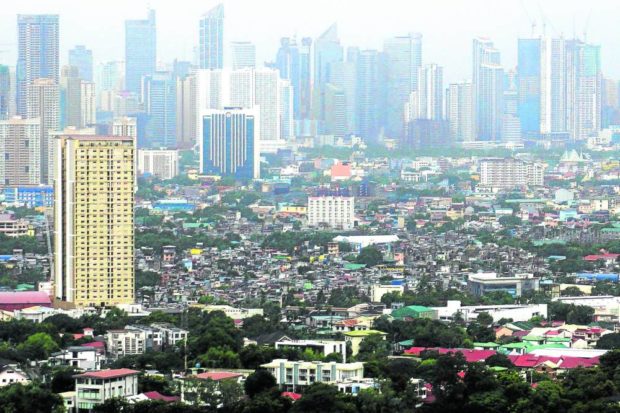
Finance Secretary Benjamin Diokno on Friday said more aggressive interest rate hikes by the Bangko Sentral ng Pilipinas (BSP) to rein in elevated consumer prices would slow economic growth in the second half of 2022.
Even then, the Development Budget Coordination Committee (DBCC) had affirmed the Marcos administration’s 6.5- to 7.5-percent growth goal for this year, below the downscaled 7- to 8-percent target left behind by the Duterte administration.
As expensive goods and services were expected to linger, the DBCC jacked up its inflation assumptions to 4.5-5.5 percent this year and 2.5 to 4.5 percent next year, above the BSP’s 2- to 4-percent target range of manageable price hikes conducive to economic growth.
The inflation spike will mainly be contributed by costly fuel, as the DBCC projected Dubai crude oil prices to range $90-110 per barrel in 2022, then “normalize” to $80-100 a barrel in 2023.Diokno added that uncertainties wrought by developments overseas, especially the prolonged Ukraine-Russia conflict, added to tempered growth expectations for this year.
Best performer
But Diokno said “we should be happy” with a potential 7-percent gross domestic product (GDP) expansion in 2022, which he pointed out had been projected to be the “best performer” in Asean+3. Besides the Philippines and its nine neighboring Southeast Asian countries, Asean+3 included China, Japan as well as South Korea.
“The increase in household consumption and private investments, along with a robust manufacturing industry, high vaccination rate, improved health-care capacity, and the upward trend on tourism and employment have allowed us to safely reopen the economy and register a positive growth for the first three months of 2022,” Budget Secretary and DBCC Chair Amenah Pangandaman said. Diokno last week said he expects second-quarter GDP to grow double-digit or above 10 percent to surpass the surprise 8.3-percent first-quarter growth.
For 2023 to 2028, the DBCC also set in stone the “more ambitious” 6.5- to 8-percent yearly growth aspiration, under the six-year fiscal framework, which will be pitched to Congress for ultimate approval by the President, to revert the budget deficit to prepandemic levels equivalent to 3 percent of GDP, reduce the poverty rate to 9 percent by 2028, and lift the Philippines to upper-middle income status before the end of the Marcos administration.
Downward trend
Socioeconomic Planning Secretary Arsenio Balisacan said the projected downward trend in global oil prices would augur well for the Philippines’ medium-term outlook.
Balisacan, who heads the state planning agency National Economic and Development Authority, said that while a slowing Chinese economy coupled with a looming recession in the United States would reduce Philippine exports to these two economic giants, lower oil demand of their weaker economies would pull prices down worldwide.
As domestic consumption and investments accounted for a “huge chunk” of GDP, Balisacan expects a buoyant Philippine economy offsetting the negative effects of external shocks. INQ